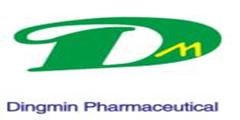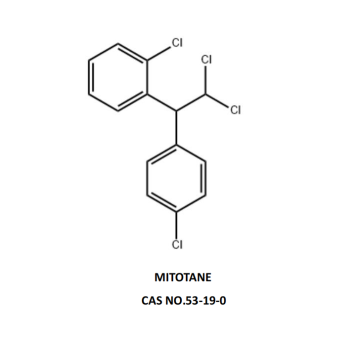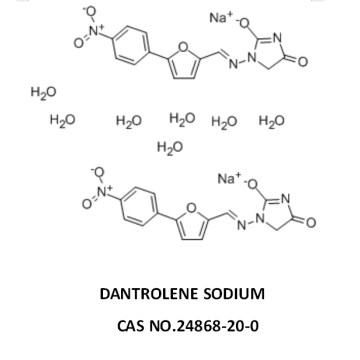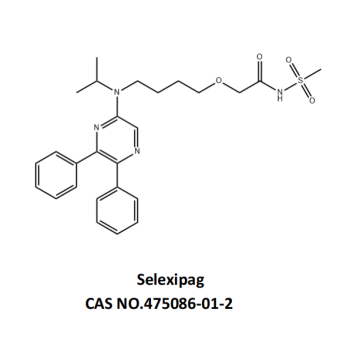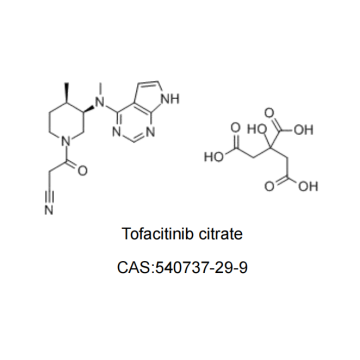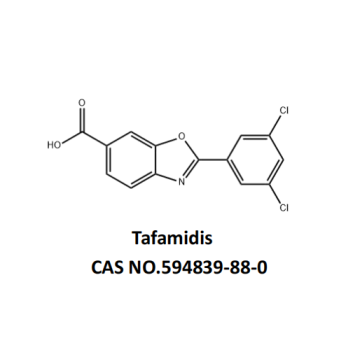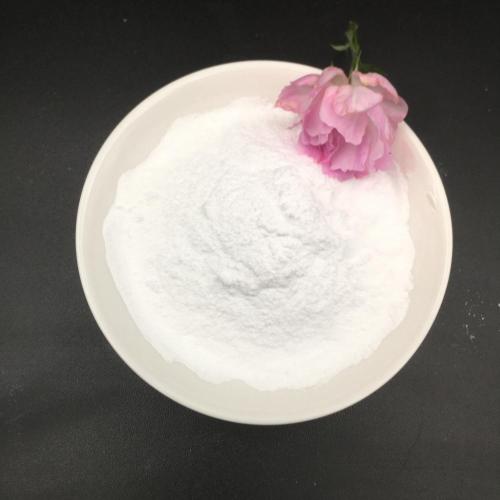
cas:319460-85-0 Axitinib Axitinib Base
-
$5.00≥1 Gram
- Min. Order:
- 1 Gram
- Min. Order:
- 1 Gram
- Transportation:
- Ocean, Air, Express
- Port:
- SHANGHAI, HANGZHOU
Quantity:
Your message must be between 20 to 2000 characters
Contact NowBasic Info
Basic Info
| Place of Origin: | Hebei |
|---|---|
| Productivity: | 100kgs/ month |
| Supply Ability: | 100KG/MONTH |
| Payment Type: | L/C,T/T,D/A,Paypal |
| Incoterm: | FOB,CIF |
| Certificate: | ISO9001 |
| Transportation: | Ocean,Air,Express |
| Port: | SHANGHAI,HANGZHOU |
Product Description
Product Description
About PDGFB?
Platelet-derived growth factor (PDGFB) is an alkaline protein stored in platelet-derived particles. Low molecular weight cytokinin. It can stimulate fibroblasts, glial cells, smooth muscle cells and other cells that are stagnated in G0/G1 phase to enter the division and proliferation cycle. PDGFB platelet-derived growth factor in 1974 found a connective tissue and other tissue cell growth peptide regulatory factor, named for its from platelet, normal physiological condition under lies in the alpha particles of platelets, released when blood clots by disruption of platelet and activated, can stimulate a particular cell chemotaxis and promote specific biological activity of cell growth. In addition, macrophages, vascular smooth muscle cells, fibroblasts, endothelial cells, and embryonic stem cells can also synthesize and release PDGFB when tissues are damaged. When the liver is damaged, macrophages, platelets, infiltrating inflammatory cells, damaged endothelial cells and activated hepatic astrocytes can all secrete PDGFB. To function in an autocrine or paracrine manner. The binding PDGFB is A thermostable glycoprotein with A molecular weight of 30KD, and is A dimer composed of A and B polypeptide chains connected by disulfide bond
Biological action
Initially found in platelets, PDGF is released from platelet granules in the early stages of injury to initiate and accelerate tissue wound repair. The biological activity of PDGF mainly has several aspects:
1.Chemotactic activity. It induces the migration of macrophages and fibroblasts, and has chemotaxis to neutrophils, smooth muscle cells and fibroblasts.
2.Vasoconstrictor activity. PDGF causes vasoconstriction and is a stronger vasoactive substance than angiotensin II.
3.Pro-fission effect. PDGF can stimulate the proliferation of vascular smooth muscle cells, fibroblasts and glial cells.
4.Participate in phosphatase activation and prostaglandin metabolism. When PDGF interacts with cells with receptors, it can induce the phosphoinositol cycle and the release of arachidonic acid, and promote the production of prostaglandin, PGI2 and PGE2. It also accelerates bone resorption and increases its vasodilation and antiplatelet activity.
Medical role
When a tissue is damaged, a clot stops the bleeding. Platelets, which accumulate at the site of bleeding, form a material barrier to prevent further blood loss. At the same time, platelets release several growth factors -- most notably platelet-derived growth factor (PDGF) -- that stimulate the growth of adjacent connective tissue cells. These connective tissue cells are the vanguard of rebuilding damaged tissue and healing wounds. The experiment shows that PDGF is one of the early growth factors in wound healing and plays an important role in the whole process of wound healing, mainly in promoting wound healing. "PDGF is a kind of promote the growth of endogenous protein, in the process of wound healing, PDGF can be released, by a variety of cells and PDGF into AA/AB/BB three physiological activity forms, including BB type can promote the growth of fibroblast, so promoting wound repair related cells chemical touch reinforcing and cell proliferation, enhance the formation of granulation tissue, promote wound healing and shorten the healing time.
Nintedanib Intermediates
Related Keywords
Related Keywords

